
How to Become a Certified Horse Trainer. Becoming a successful horse trainer requires a significant amount of time and a commitment to education. Obtaining a college degree, whether it be from a two- or four-year institution, lends credibility to your professional status. Certification from a well-known horse professional can enhance your prospects, as well. Do not underestimate the value of your expertise as an instructor and rider. Versatility beyond training skills is essential to your success in the horse industry.
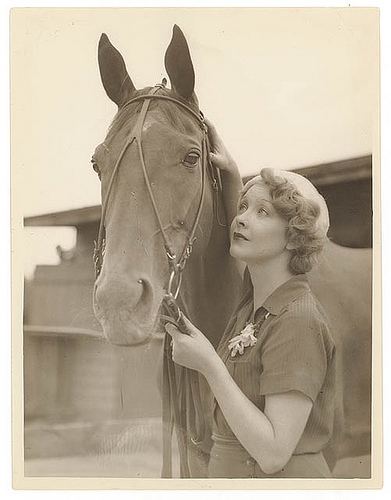
Find a listing of the community colleges in your area online or in the reference section of your library. At least one should have an agriculture department that offers animal sciences as either an Associate of Arts degree or a certificate. The Associate of Arts degree typically requires 60 units (two years) split between general education and the concentration in horse training (usually called "equine science" or "horse science"). The certificate without general education will be approximately 30 units (one year). Either track will provide you with certification. The program information will be in the college's online catalog or department home page.
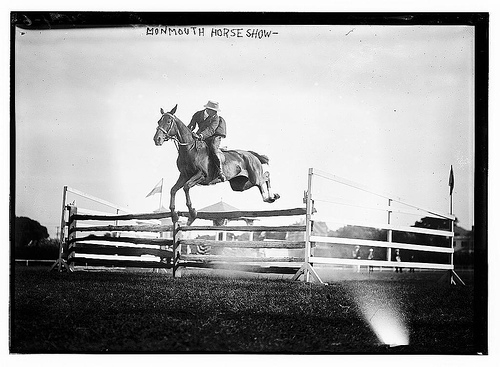
Consider a bachelor's degree to maximize your marketability as a trainer. A degree is a legal designation (provided the institution is legally conferring them) that qualifies you as having comprehensive experience in your intended major. Look for a university with a veterinary or agricultural sciences department, and you are likely to find an equine science emphasis. Apply if you meet the requirements for entrance out of high school. Otherwise, an Associate of Arts may qualify you to enter the equine science program. An admissions counselor can evaluate your record and guide you through the transfer process.
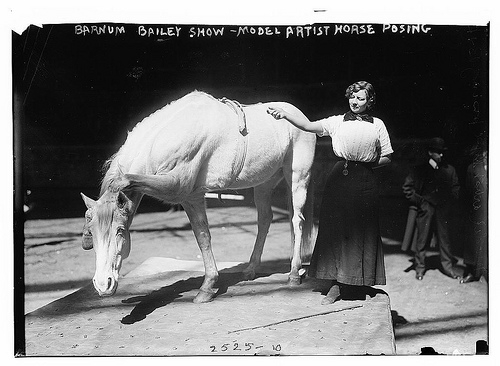
Research horse experts in the discipline in which you will be training. Talk to horse supply shops, look for ads in trade magazines, go to show competitions and peruse websites for this information. A few popular names will regularly emerge, and they should have their own websites. Horse experts who are highly successful typically have their own certification process that can take approximately two weeks to two months. These programs can be very expensive, and usually do not provide any financial aid.
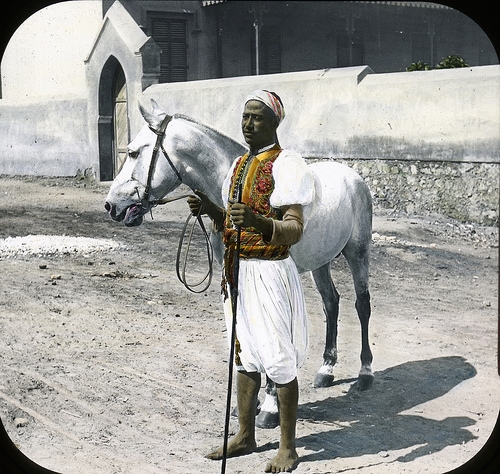
Be a competent rider and instructor. Clients respect trainers who are also exceptional equestrians in every area. In many cases, you will not just be training the horse, you will be training the rider to manage that horse. Obtain certification from the Certified Horsemanship Association (CHA), as it is a well-recognized organization. The CHA provides many levels and types of instructor certifications that are accessible and affordable, and will enhance your employment prospects considerably.
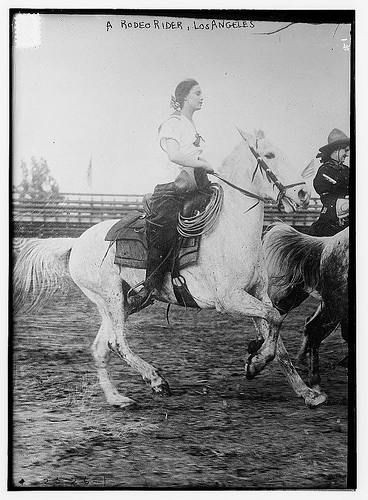
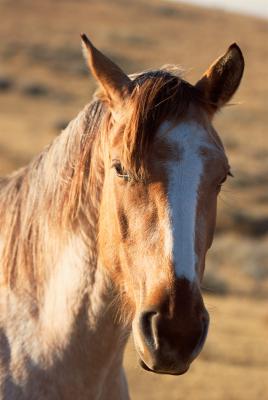 How to Make an Underweight Horse Fat Again
How to Make an Underweight Horse Fat Again
How to Make an Underweight Horse Fat Again
How to Make an Underweight Horse Fat Again
 How to Identify Horse Breeds
How to Identify Horse Breeds
How to Id
How to Identify Horse Breeds
How to Identify Horse Breeds
How to Id
 How to Build Horse Fences
How to Build Horse Fences
How to Build
How to Build Horse Fences
How to Build Horse Fences
How to Build
 How to Gait a Horse
How to Gait a Horse
How to Gait a Hors
How to Gait a Horse
How to Gait a Horse
How to Gait a Hors
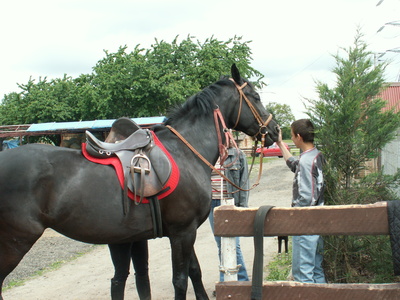 What Are Some Things You Can Do to Show Your Horse That You Are the Boss?
What Are Some Things You Can Do to Show Your H
What Are Some Things You Can Do to Show Your Horse That You Are the Boss?
What Are Some Things You Can Do to Show Your H
Copyright © 2005-2016 Pet Information All Rights Reserved
Contact us: www162date@outlook.com